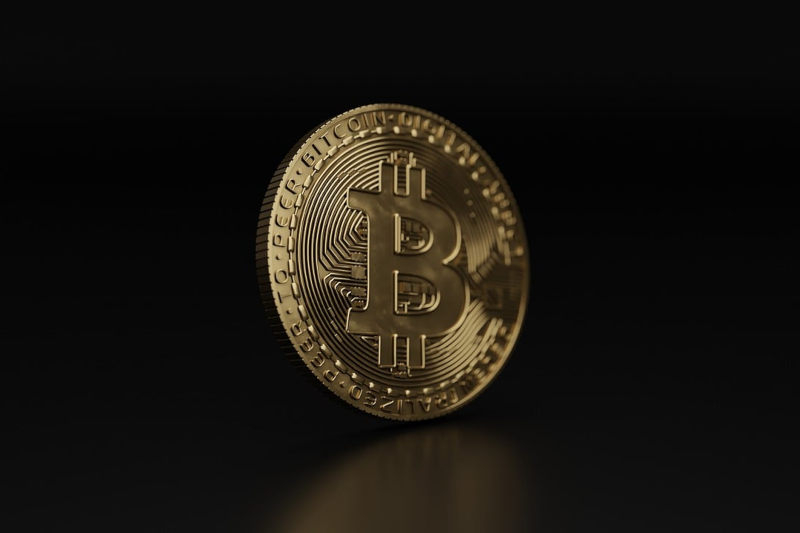Another lone miner managed to independently mine a block of Bitcoin – he earned $211,972 in rewards and commissions. The Bitcoin block he mined has the number 853,742, and the computing power of his equipment is 3 Thesh/s, said CKPool pool administrator Con Colivas.

Image source: Monoar Rahman Rony / pixabay.com
A mining equipment performance of 3 Thesh/s is an extremely modest indicator for successfully mining a Bitcoin block: “with this power, the chances of finding a block are 1 in 1.2 million, and on average this can happen once every 3,500 years at the current difficulty,” explained Kolivas. The miner used D-Central Technologies Bitaxe equipment, designed specifically for solo mining of cryptocurrencies, and this is the first case of successful mining of a Bitcoin block using this equipment. It is noteworthy that the installations were connected only 19 days ago, and their productivity increased to 3 Thesh/s only in the last 24 hours.
Miners mine bitcoins when their equipment performs complex calculations that confirm transactions to the blockchain, a public ledger. Transactions are packaged into blocks, and miners compete to see which of them will add the completed block to the blockchain. When a miner finally confirms a block of transactions, the network releases new bitcoins, which he receives as a reward. Bitcoins are usually mined in pools, which combine the power of thousands of devices. And if the pool mines a block, the reward is divided among its participants in proportion to the productivity of their equipment, and the pool administration retains the commission.
In April, the difficulty of Bitcoin mining reached a peak value of 88.10 Thesh, after which it decreased and on July 25 it amounted to 82 Thesh. Last year, solo miners managed to mine blocks at least twice, in May and August, but the performance of their equipment was significantly higher than this time – 750 Thesh/s and 1 Phesh/s, respectively.